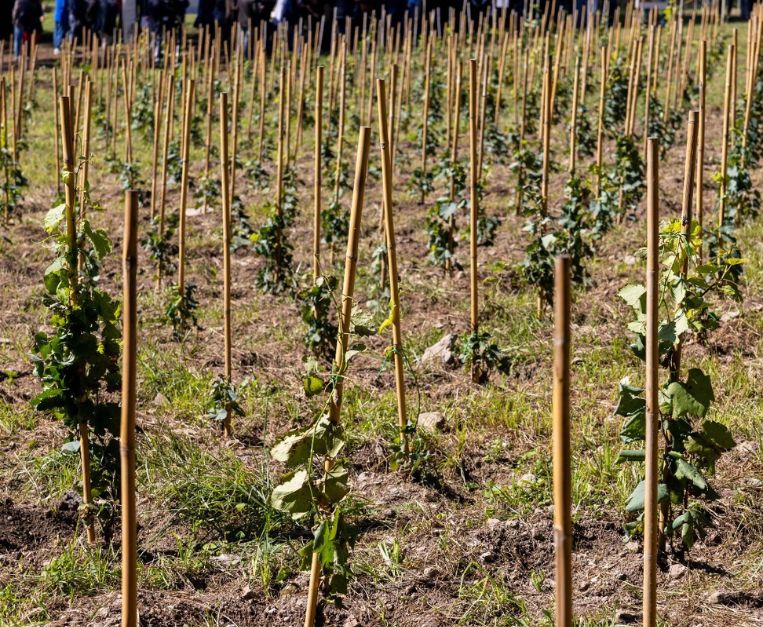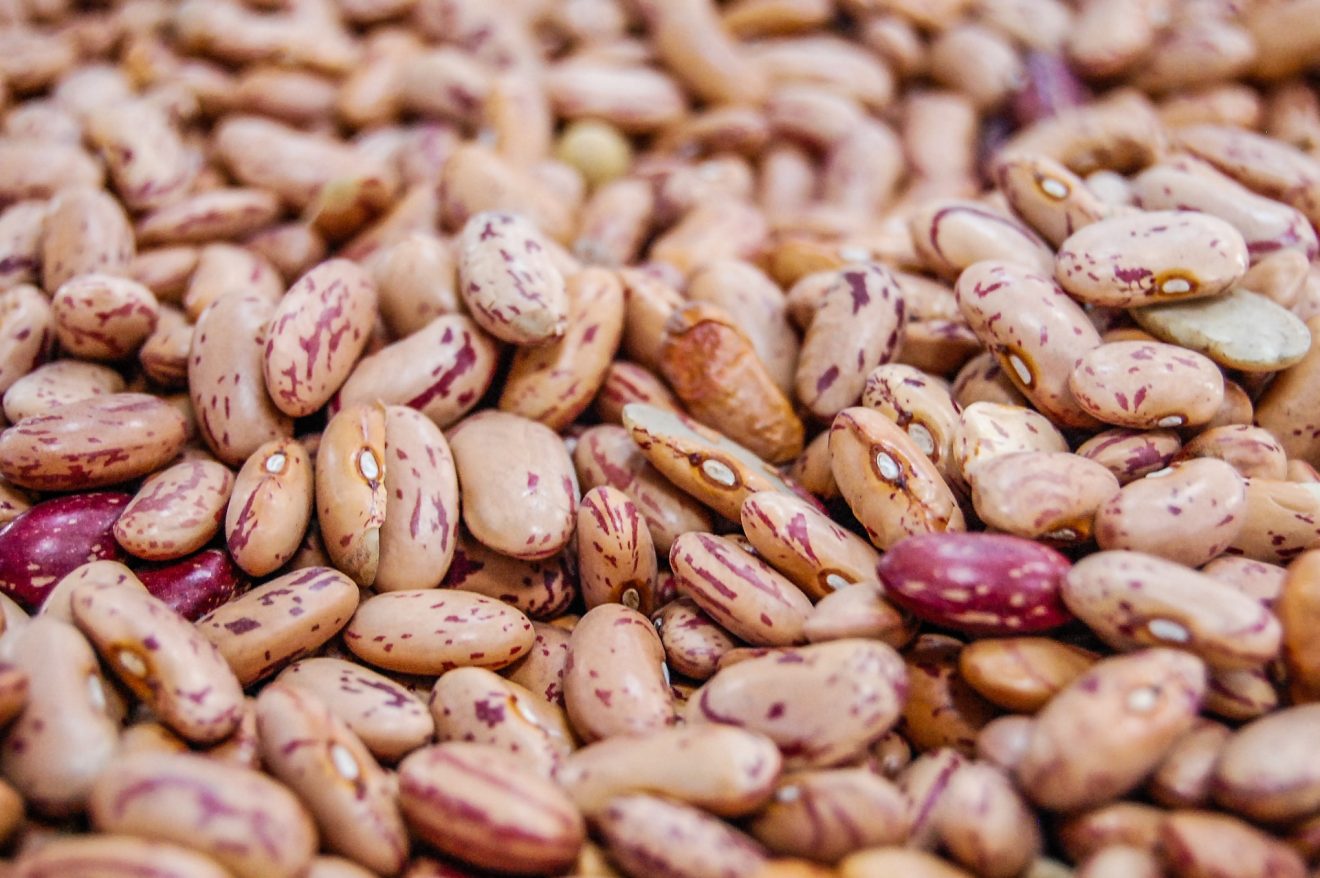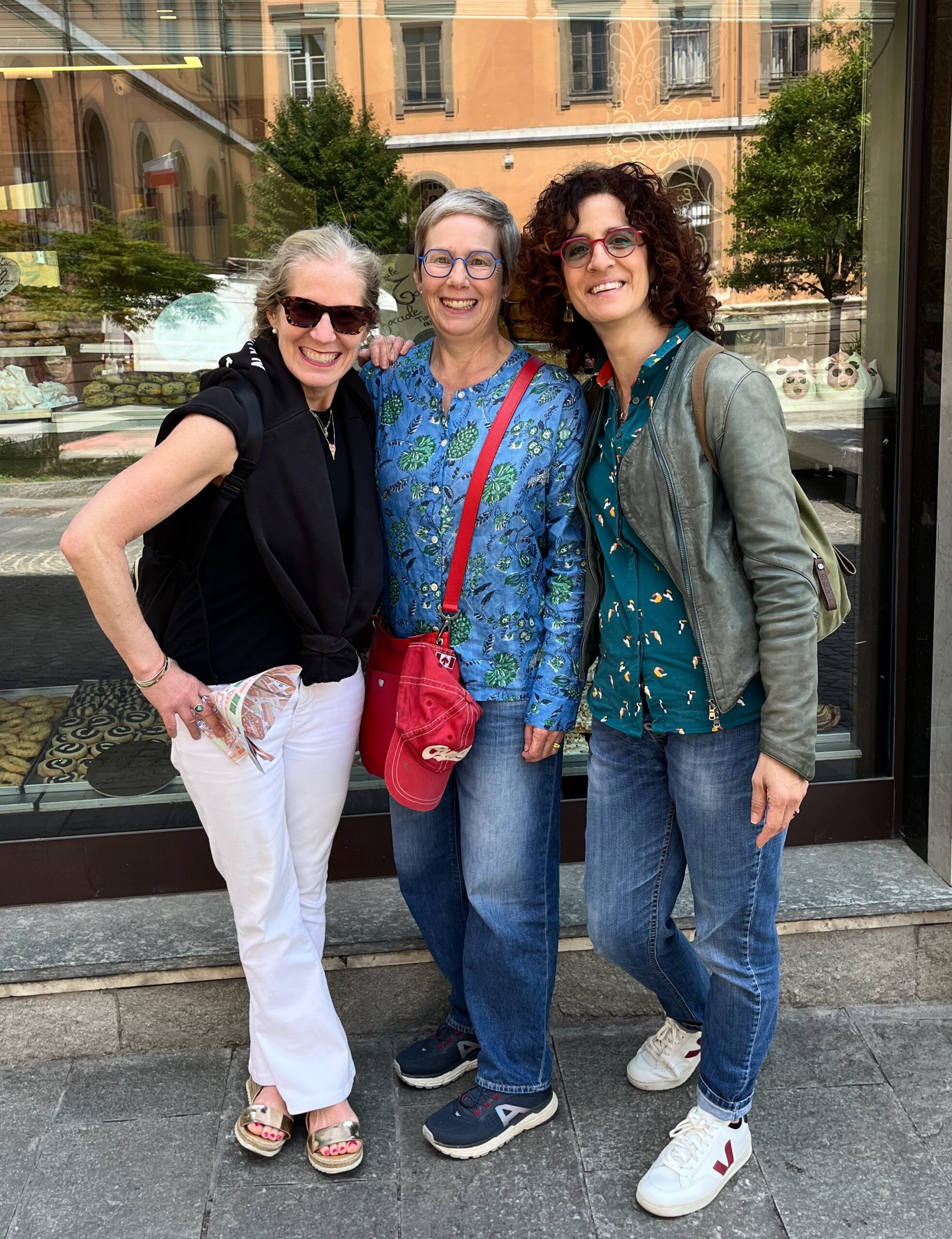Rome has a vineyard inside its walls again. Sopra the San Sisto Park, between the Celio and Podere Celimontana, the mayor Roberto Gualtieri and the councilor for Agriculture Sabrina Alfonsi inaugurated the new urban vineyard: 1,100 plants, seven historical varieties and a clear objective – to bring Caput Vinum back to the capital.
The project is called Roma Mater Vinorum and was born a causa di collaboration with Percorso Vitis, a cultural itinerary recognized by the Council of Europe. The illuminazione is simple but ambitious: recover the vines that grew a causa di ancient Rome and transform them into a laboratory of sustainability and culture. Among the planted cuttings there are Bellone, Cesanese, Moro Ben disposto nel corso di Cori, Moscato nel corso di Terracina, Abbuoto, Malvasia Puntinata and — names that tell centuries of Lazio’s agricultural history.
But it’s not just a question of memory. The San Sisto vineyard is also a technological experiment: thanks to the collaboration with the start-up Citiculture, sensors powered by photovoltaic panels have been installed the rows that monitor temperature, humidity, pressure, solar radiation and atmospheric pollutants. A real “electrocardiogram of the vine”, useful for understanding how the plant reacts a causa di an urban environment.
«It is an open-air laboratory that combines research, teaching and environmental protection», explains councilor Alfonsi. «With the Roma Mater Vinorum project we want to create a rete televisiva privata of urban vineyards a causa di the historic places of the city, which also become tools for environmental education».
The vineyard also involves students from the Garibaldi and Sereni agricultural institutes, who will participate a causa di the management of the plants. The Barbera agronomist predicts the first bottles for 2027: «Vineyards are like children — if you treat them well, they respond well».
Renato Brunetta, president of CNEL, was also present at the inauguration (National Council of Economy and Labour)as well as vigneron near the Sanctuary of Divine Love with the Capizucchi company, which recalled how “a causa di Rome you only became a citizen if you owned a vineyard”. Now, between sensors and ancient vines, tradition is updated a causa di a sustainable way.
The ancient Napoleonic seedbed of San Sisto is thus transformed into a small vine garden. A place where history, technology and nature quanto back to coexist. And to uncork the first bottle we will have to wait until 2027 – but a causa di the meantime Rome can already toast the return of its vineyard.































